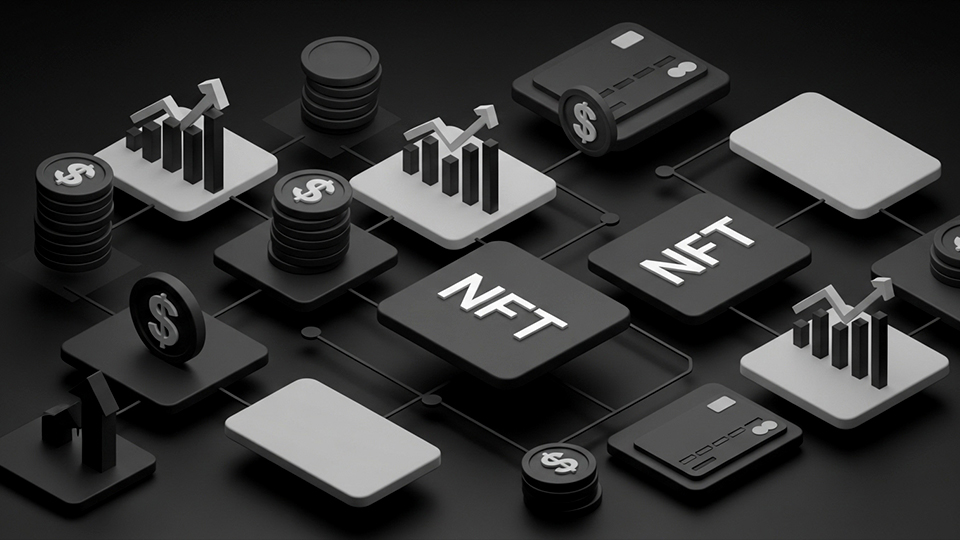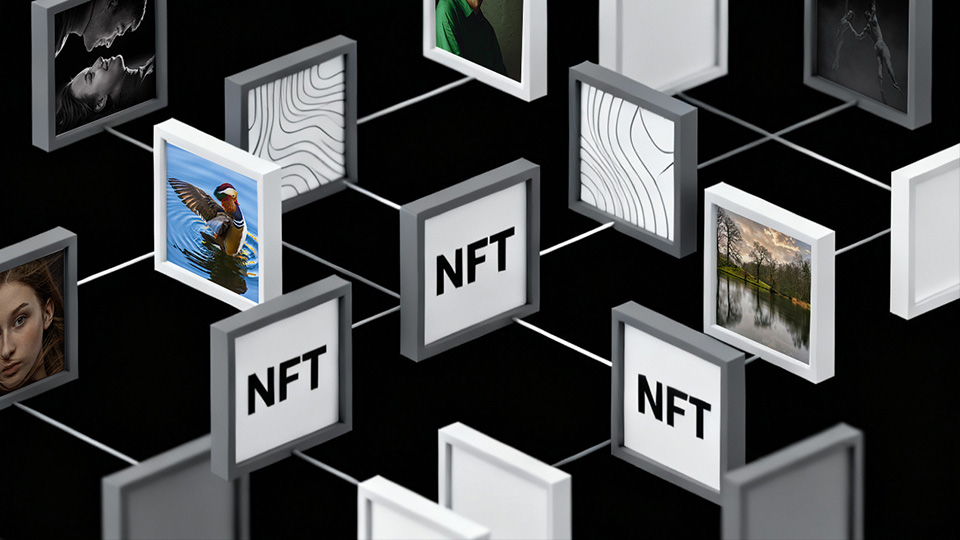Luxury Web3 Ownership: Scarcity, Provenance and Digital Value
The luxury industry has always thrived on scarcity, storytelling, and the promise of authenticity. From limited-edition handbags to heritage watches, the idea that certain objects are rare and verifiable has shaped consumer desire for centuries. Today, as digital culture and blockchain technology converge, the meaning of “luxury” is evolving. What was once about physical rarity is now expanding into the digital space, where scarcity, provenance, and value are redefined through Web3.
Luxury Web3 Ownership: Beyond Physical Objects
In the Web3 landscape, luxury is no longer confined to tangible items. Blockchain allows brands to create digital scarcity through non-fungible tokens (NFTs), ensuring each digital asset is unique, traceable, and impossible to counterfeit. This innovation is transforming not only how luxury goods are consumed but also how their value is understood. Collectors are no longer buying just objects, they are buying verifiable experiences, histories, and digital identities.
Provenance as the New Prestige
One of the most powerful applications of blockchain in luxury is provenance, the ability to trace an item’s history. Counterfeiting has long been a challenge for high-end brands, undermining both exclusivity and consumer trust. By embedding authentication on-chain, blockchain ensures every product, whether a leather bag or a digital collectible, carries an indelible certificate of authenticity. Provenance is no longer a fragile paper card tucked into a box, it’s a transparent digital ledger.
How Luxury Houses Are Using Blockchain
Global luxury giants are already experimenting with blockchain and NFTs to strengthen authenticity and engage new generations of consumers.
- LVMH launched the Aura Blockchain Consortium with Prada and Cartier, creating a shared platform to track the provenance of luxury goods. Through Aura, customers can verify the origin of products and access detailed records of craftsmanship.
- Prada has integrated blockchain into its Timecapsule NFT project, where limited-edition physical products are paired with NFTs. Each piece comes with a digital certificate, enhancing both collectability and trust.
- Cartier uses blockchain to fight against counterfeiting in the watch and jewelry market, ensuring each piece’s history is transparent and tamper-proof.
These examples show that luxury brands are not simply dabbling in digital trends, they are building infrastructure that will reshape how value and authenticity are perceived in the years ahead.
The Future of Digital Luxury
As Web3 technologies mature, the definition of luxury will increasingly involve a blend of the physical and digital. Owning a rare handbag may soon come with its digital twin as an NFT, allowing collectors to showcase their pieces in virtual spaces or use them in metaverse environments. The scarcity that once existed only in boutiques will extend into digital spaces, amplifying desirability.
For consumers, this shift offers something profound: trust. In a marketplace where counterfeits and replicas proliferate, blockchain provides transparency and permanence. For brands, it opens new ways to connect with younger, digitally native audiences who see value not just in owning luxury but in displaying it across both physical and virtual worlds.





